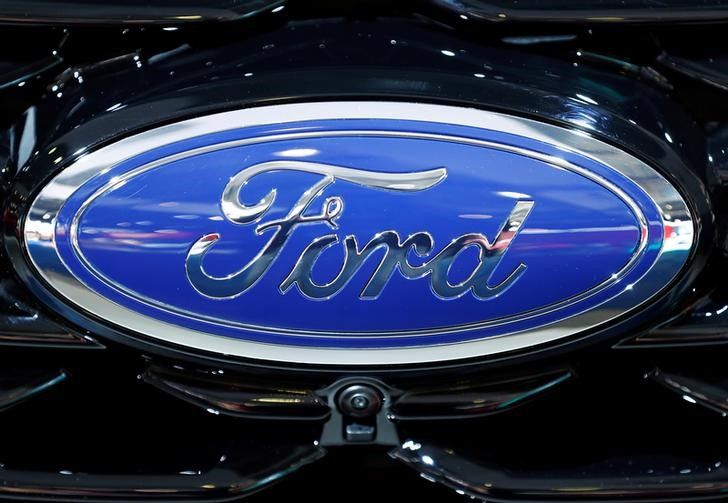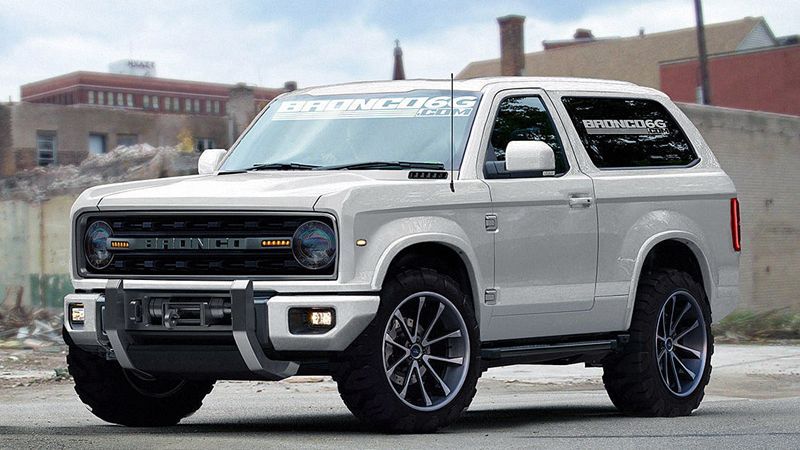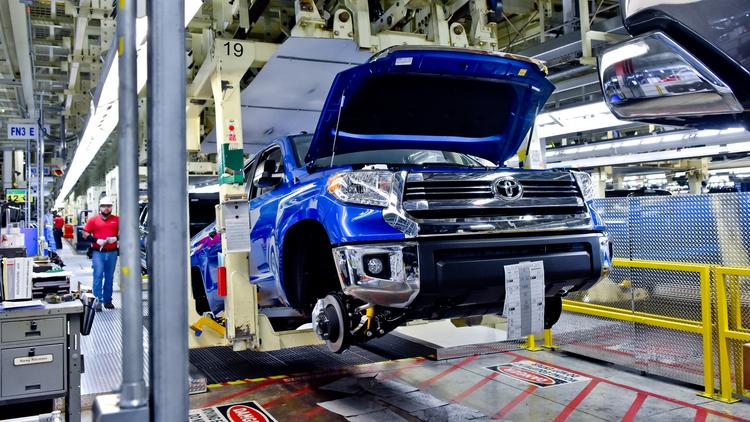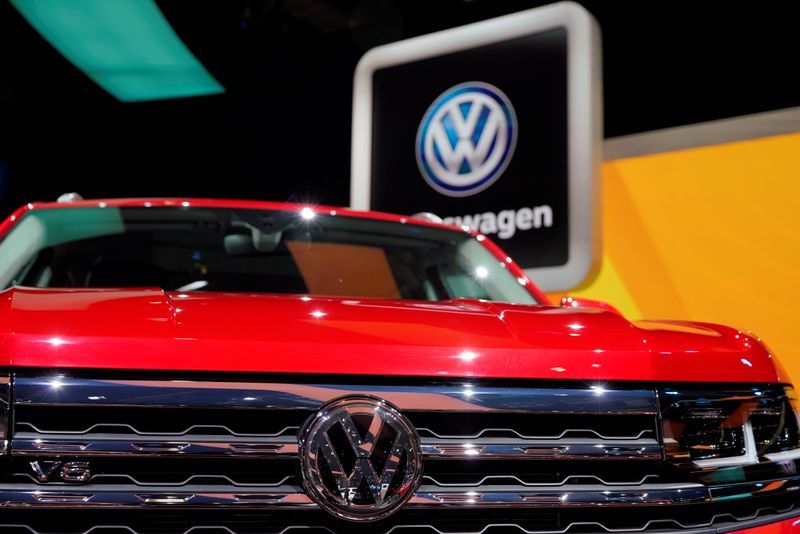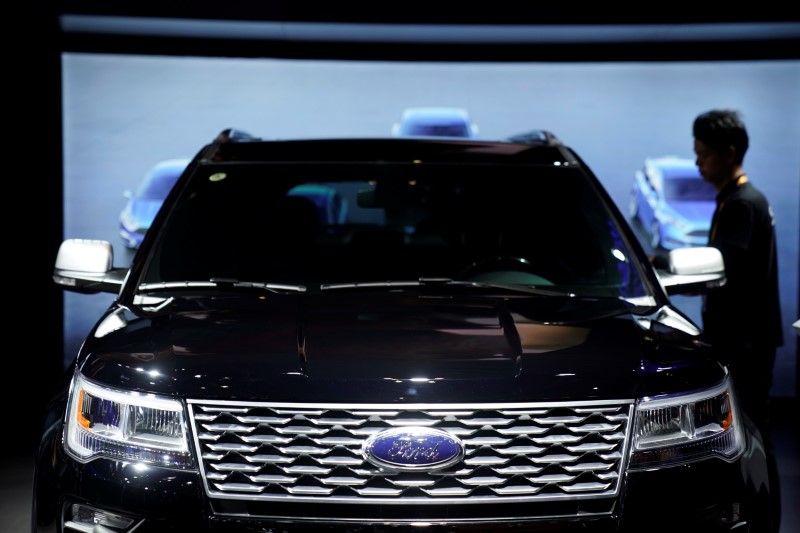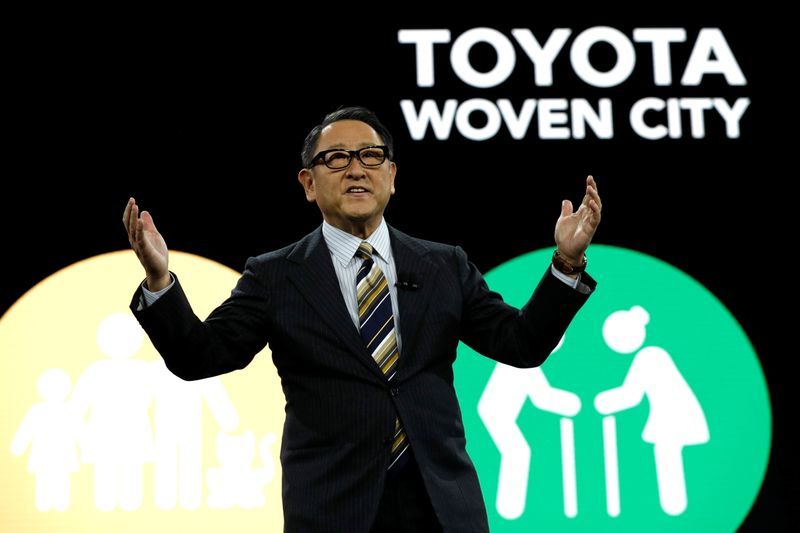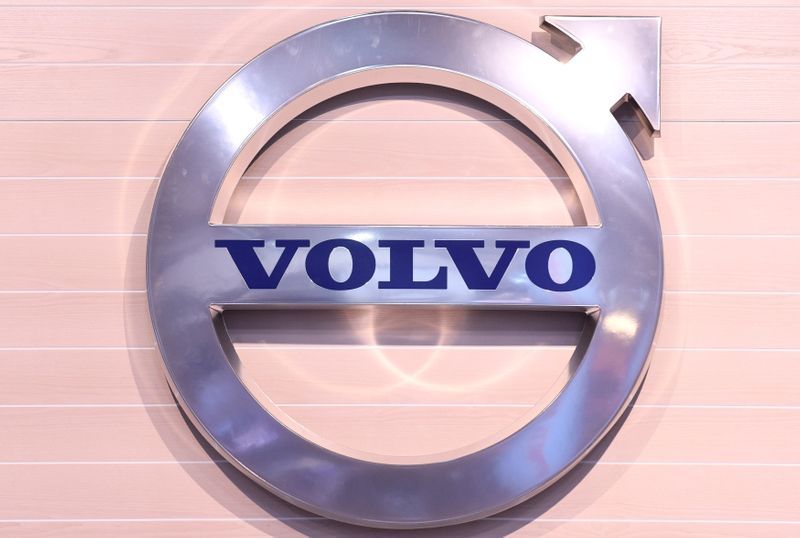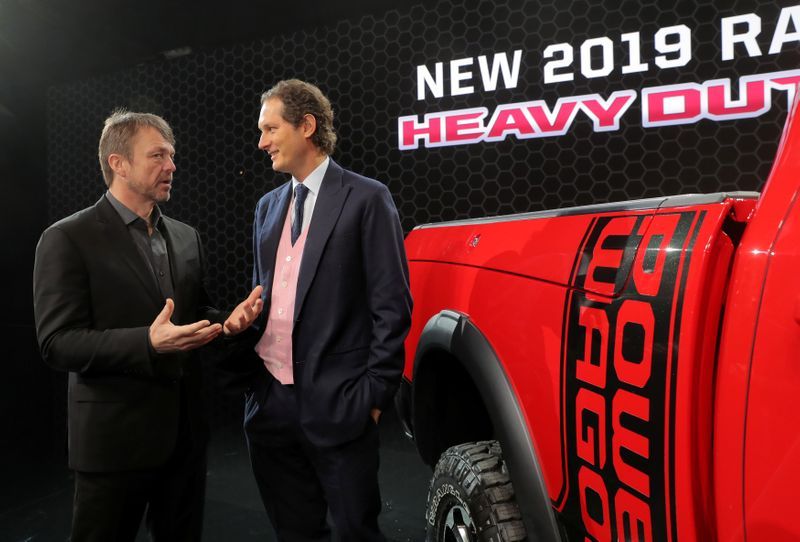WASHINGTON, Feb 10 (Reuters) – The White House budget released on Monday proposed cutting funding for passenger rail carrier Amtrak, while calling for a significant boost in infrastructure spending.
The proposal would cut Amtrak funds by more than 50% over 2020 levels. It could cut funds to the congested northeast corridor from $700 million to $325 million and cut long-distance train funds from $1.3 billion to $611 million and then phase out support for long-distance trains.
Trump has proposed similar cuts in prior budgets and been rejected, and Democrats are not likely to go along. Trump has sparred with Democratic lawmakers over a $13 billion infrastructure project to build and repair tunnels and bridges in the New York City area known as “Gateway.”
In November, Amtrak said for the year ended Sept. 30, it had set records for ridership, revenue, and financial performance, including 32.5 million customer trips, a year-over-year increase of 800,000 passengers.
Amtrak reported a loss of $29.8 million in the year through September 2019 compared with a loss of $170.6 million in the prior fiscal year.
The Trump budget calls for $810 billion in highway, transit, safety and other surface transportation funds and then an additional $190 billion for a wide range of programs including $25 billion for rural water, broadband and other projects. It does not specify how to pay for the repairs or for funding an estimated $107 billion shortfall in the highway trust fund through 2026.
The budget again also calls for eliminating an Energy Department clean vehicle loan program that boosted Tesla Inc , Nissan Motor Co and Ford Motor Co during the last industry downturn, but has not funded a new project in almost a decade.
Start-up Lordstown Motors Chief Executive Steve Burns told Reuters last month the company wanted to apply for a $200 million loan from the Energy Department program to retool a former General Motors factory in Lordstown, Ohio. Burns met with Energy Secretary Dan Brouillette for an hour to discuss the proposal last month. Lordstown is partially owned by start-up Workhorse Group Inc.
The budget also again proposes killing the $7,500 electric vehicle tax credit that phases out for automakers after 200,000 EVs are sold. The White House blocked an effort in December by congressional Democrats to expand the credit to additional vehicles.
(Reporting by David Shepardson; Editing by Steve Orlofsky)


